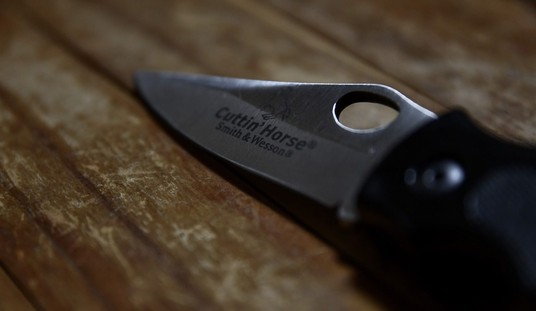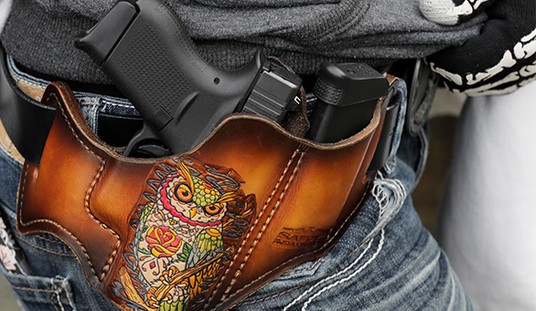
In the last few weeks my rants have antagonized educators, the home-school people, and no doubt unions. So I thought this week I would talk about guns, a far safer subject. Maybe now I will stop getting plain envelopes with polaroid pictures of my kids on the playground with cross-hairs drawn on their little noggins (just kidding-there were no cross-hairs).
Last week I had the opportunity to handle one of my favorite guns, the AR-10. I find it odd to call it one of my favorite guns, when I don’t own one, but it is just too cool, and historically significant.
If you are not familiar with the AR-10, it was the predecessor of the AR-15 / M-16 family of weapons. It was designed in the mid-1950s primarily by Eugene Stoner at the Armalite division of the Fairchild Engine and Airplane Company. Dr. William Atwater, former Director of the U.S. Army Ordnance Museum at Aberdeen Proving Grounds, referred to Stoner as “a genius of the first order”, and I couldn’t agree more.
This weapon was the product of a lot of ‘out of the box’ thinking, using new materials like aluminum and phenolic composite like never before. In fact the only steel parts were the barrel, the bolt, and the bolt carrier.
Many years ago when I saw a picture of an AR-10, the larger waffle pattern magazine and brown stock and hand-guards caught my attention. There were some significant differences between this earlier design and the M-16 type weapons were know today.
First of all is the caliber, the AR-10 is a 308 (7.62mm NATO), not the highly criticized .223cal. (5.56mm). Many were unhappy with this caliber, claiming that it is too puny. Clearly it lacks the knock-down power of the 7.62mm, but the popular belief is that it was designed to wound, not to kill. A wounded soldier requires aide, medical supplies, and transportation. Not to mention a wounded soldier wailing in pain is far more demoralizing than a dead soldier.
Secondly, the handle looking thing on the top was actually like a big trigger-guard for an inverted trigger that was actually the charging handle. This would give the user to the ambidextrous ability to charge the gun without removing their eyes from the sights. I have never found an explanation for the change to the AR -15 design, although ambidextrous, it clearly requires that you move your head to function the charging handle.
For many years the M-16 was the recipient of much criticism. I believe that much of this goes back to the earliest Vietnam issued rifles having jamming problems. This was corrected by chrome lining of the barrels, but the bad reputation took a long time to live down.
The first weapon the Army issued to me was an M-14. It was beat, bulky, and you were issued four steel twenty round magazines (80 bullets). I was thrilled when we got the new (somewhat used) M-16s with six aluminum thirty round magazines (180 bullets).
Soldiers still complained about it jamming. (Griping is part of a soldier’s duty.) However, I always pointed out to my troops that was almost exclusively with blanks. I, personally, have never had problems with live ammunition mis-feeding.
Alas, I believe that the reputation of jamming has past, and I am utterly amazed at the popularity in recent years in this weapon system. The gun stores and gun show are loaded with “black guns.” The variations of the M-4 carbine are mind boggling and very encouraging. Best of all, I haven’t noticed any of them being made in China!
I am still on the lookout for an original AR-10, but am on the verge of giving in to the temptation to buy one of the newer AR-10B models. These have been built since 1995 and are like an AR-15 on steroids. This may have to be one of those “close enough for government work” kind of compromises.








Join the conversation as a VIP Member